Market Size of north america space propulsion Industry
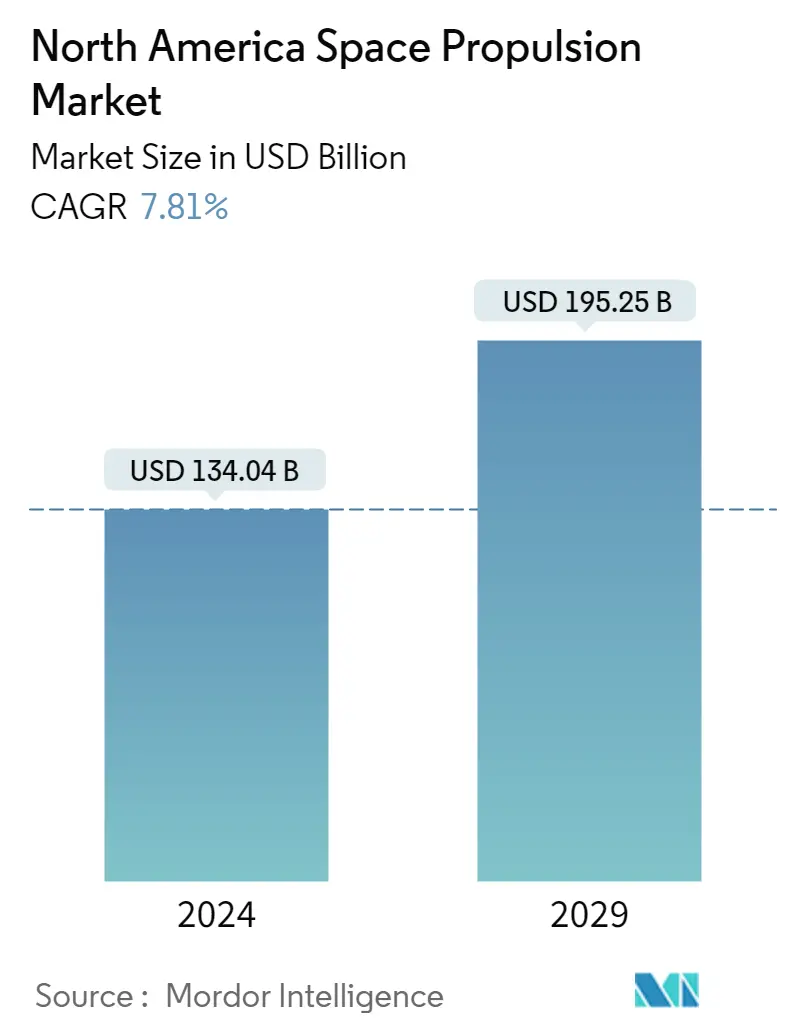
| Icons | Lable | Value |
|---|---|---|
|
|
Study Period | 2017 - 2029 |
|
|
Market Size (2024) | USD 134.04 Billion |
|
|
Market Size (2029) | USD 195.25 Billion |
|
|
Largest Share by Propulsion Tech | Liquid Fuel |
|
|
CAGR (2024 - 2029) | 7.81 % |
|
|
Largest Share by Country | United States |
|
|
Market Concentration | Medium |
Major Players |
||
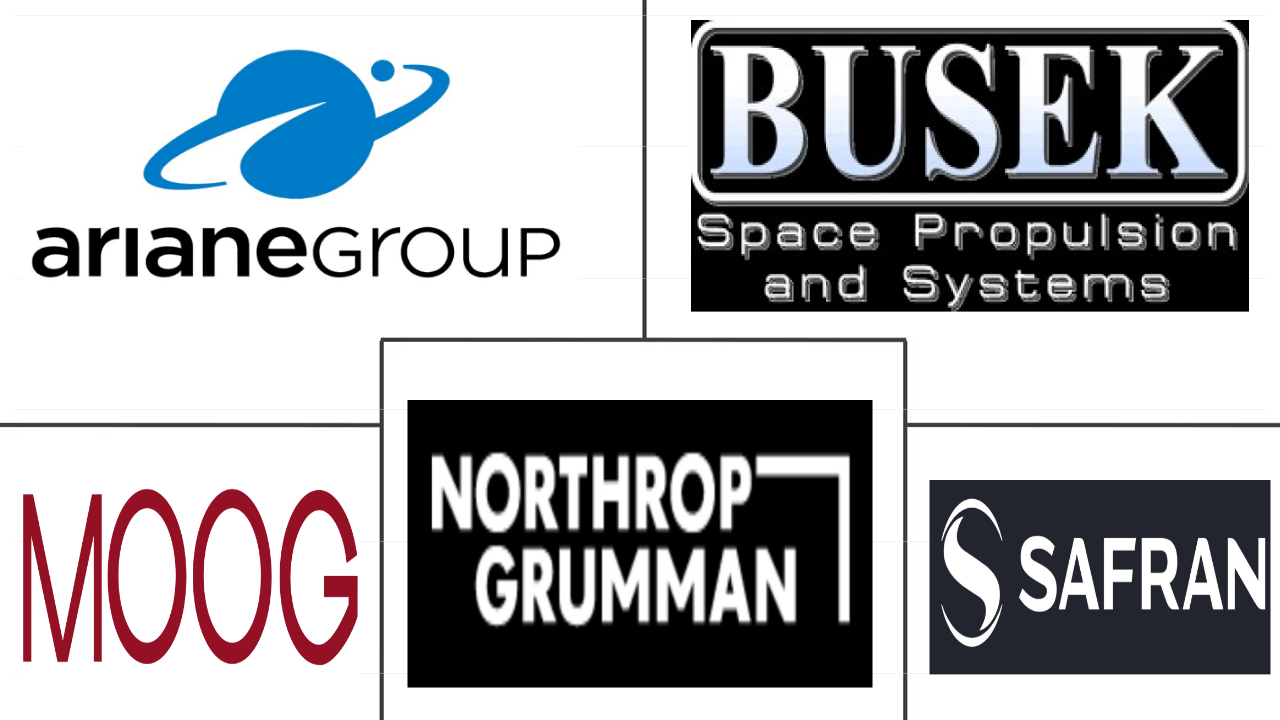
|
||
|
*Disclaimer: Major Players sorted in no particular order |
North America Space Propulsion Market Analysis
The North America Space Propulsion Market size is estimated at USD 134.04 billion in 2024, and is expected to reach USD 195.25 billion by 2029, growing at a CAGR of 7.81% during the forecast period (2024-2029).
134.04 Billion
Market Size in 2024 (USD)
195.25 Billion
Market Size in 2029 (USD)
21.24 %
CAGR (2017-2023)
7.81 %
CAGR (2024-2029)
Largest Market by Propulsion Tech
73.93 %
value share, Liquid Fuel, 2022
Because of its high efficiency, controllability, reliability, and long lifespan, liquid fuel-based propulsion technology is becoming an ideal choice for space missions. It can be used in various orbit classes for satellites.
Fastest-Growing Market by Propulsion Tech
12.17 %
Projected CAGR, Gas based, 2023-2029
The adoption of gas based propulsion systems registers a considerable growth rate because of it's cost-effectiveness and reliability. These propulsion systems are also easy for orbital maintenance, maneuvering and attitude control.
Leading Market Player
34.04 %
market share, Moog Inc., 2022
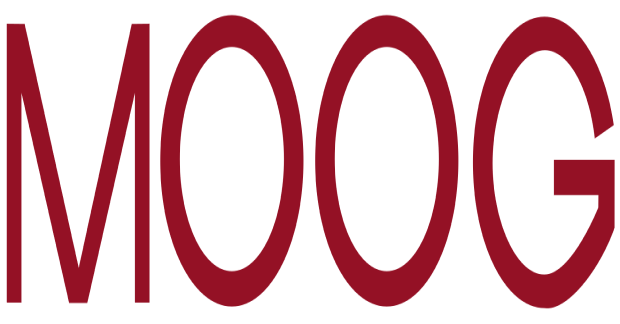
Moog Inc. is the largest player in the market. The company has focused on innovation and is currently working on a water-powered satellite propulsion system.
Second Leading Market Player
15.55 %
market share, Ariane Group, 2022
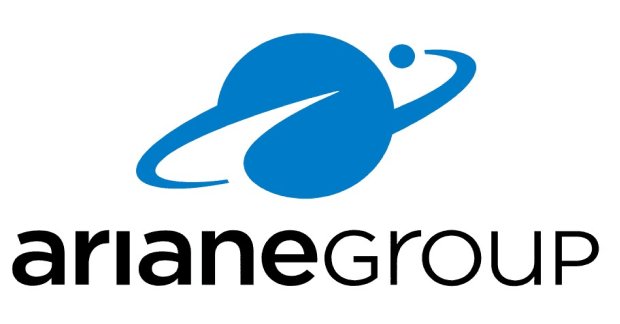
Ariane Group is one of the major contractors of space propulsion systems in the region for different space agencies.
Third Leading Market Player
3.30 %
market share, Busek Co. Inc., 2022
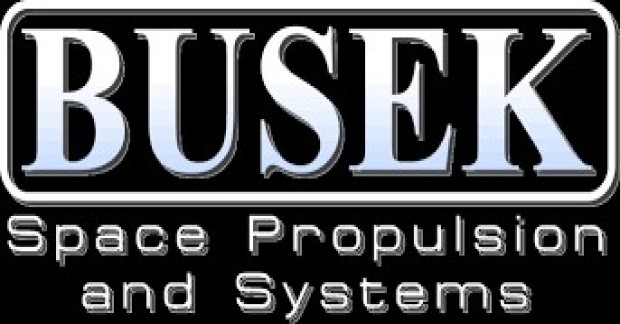
Busek Co. Inc. is the third-largest player in the market. The company's offers wide range of products such as Hall Thrusters, Electrospray Thrusters, RF Ion Thrusters, and Monopropellant Thrusters. Busek will be providing Hall thrusters for NASA's Artemis Program.
Major players and space agencies, involved in high space-related investment is the driving factor
- A satellite's propulsion system is commonly used to propel a spacecraft into orbit and coordinate its position. A liquid propellant rocket or liquid rocket utilizes a rocket engine that uses liquid propellants. Gas propellants may also be used but are not expected due to their low density and difficulty in applying conventional pumping methods. Liquids are desirable as they have a reasonably high density and specific impulse.
- Gas-based propulsion systems enable movements that have been proven efficient and reliable. These systems include hydrazine systems, other single or twin propulsion systems, hybrid systems, cold/hot air systems, and solid fuels. These systems are used when strong thrust or rapid manoeuvring is required. Therefore, gas-based propulsion systems remain the space propulsion technology of choice when their total impulse capacity is sufficient to meet the mission requirements.
- On the other hand, electric propulsion is commonly used to hold stations for commercial communication satellites. It is the main propulsion of some space science missions due to its high specific impulses. Northrop Grumman Corporation, Moog Inc., Sierra Nevada Corporation, SpaceX, and Blue Origin are some of the major providers of propulsion systems in the region. Liquid propulsion systems offer higher specific impulses compared to solid propulsion, resulting in greater efficiency and longer operational life for satellites. Major players and space agencies, like NASA, are involved in high space-related investments, enabling them to spend more on R&D and allowing them to innovate continuously and develop more efficient and advanced technologies. Launching new satellites in the region is expected to accelerate the market's growth during the forecast period.
Product innovation in propulsion technology is expected to boost growth
- The North American space propulsion market has witnessed a significant rise in private sector participation. Companies like SpaceX, Blue Origin, and Rocket Lab have emerged as key players, developing innovative propulsion technologies and reducing launch costs. This trend has led to increased competition and accelerated advancements in the field.
- Electric propulsion systems, particularly ion propulsion and Hall-effect thrusters, have gained prominence in the industry. These systems offer higher efficiency, longer operational lifetimes, and the capability for deep space missions. They are used in commercial and government space missions, including satellites and interplanetary probes.
- North America is one of the major markets globally, especially due to strong space exploration and development activity in the United States. NASA invests in start-ups to develop advanced propulsion systems for small satellites. NASA is also working on the Solar Electric Propulsion (SEP) project, which aims to extend the duration and capabilities of ambitious discoveries and science missions.
- Due to various government, commercial, and other players in the region, the demand in the satellite manufacturing industry is growing positively. During 2017-2022, 4,300+ satellites were launched in the region, aiding the space propulsion market. In addition to the number of such investments and technological developments, North America is expected to lead the market globally during the forecast period.
North America Space Propulsion Industry Segmentation
Electric, Gas based, Liquid Fuel are covered as segments by Propulsion Tech. Canada, United States are covered as segments by Country.
- A satellite's propulsion system is commonly used to propel a spacecraft into orbit and coordinate its position. A liquid propellant rocket or liquid rocket utilizes a rocket engine that uses liquid propellants. Gas propellants may also be used but are not expected due to their low density and difficulty in applying conventional pumping methods. Liquids are desirable as they have a reasonably high density and specific impulse.
- Gas-based propulsion systems enable movements that have been proven efficient and reliable. These systems include hydrazine systems, other single or twin propulsion systems, hybrid systems, cold/hot air systems, and solid fuels. These systems are used when strong thrust or rapid manoeuvring is required. Therefore, gas-based propulsion systems remain the space propulsion technology of choice when their total impulse capacity is sufficient to meet the mission requirements.
- On the other hand, electric propulsion is commonly used to hold stations for commercial communication satellites. It is the main propulsion of some space science missions due to its high specific impulses. Northrop Grumman Corporation, Moog Inc., Sierra Nevada Corporation, SpaceX, and Blue Origin are some of the major providers of propulsion systems in the region. Liquid propulsion systems offer higher specific impulses compared to solid propulsion, resulting in greater efficiency and longer operational life for satellites. Major players and space agencies, like NASA, are involved in high space-related investments, enabling them to spend more on R&D and allowing them to innovate continuously and develop more efficient and advanced technologies. Launching new satellites in the region is expected to accelerate the market's growth during the forecast period.
| Propulsion Tech | |
| Electric | |
| Gas based | |
| Liquid Fuel |
| Country | |
| Canada | |
| United States |
North America Space Propulsion Market Size Summary
The North America Space Propulsion Market is experiencing robust growth, driven by advancements in propulsion technologies and increased participation from private sector companies. The market is characterized by a diverse range of propulsion systems, including liquid and gas-based technologies, which are essential for satellite maneuvering and orbit maintenance. Electric propulsion systems, such as ion propulsion and Hall-effect thrusters, are gaining traction due to their high efficiency and suitability for deep space missions. Major players like Northrop Grumman Corporation, Moog Inc., Sierra Nevada Corporation, SpaceX, and Blue Origin are at the forefront, contributing to the market's expansion through innovative solutions and competitive pricing. The region's strong focus on space exploration, particularly in the United States, is further bolstered by significant investments from government agencies like NASA, which are actively funding research and development to enhance propulsion capabilities.
The market's growth is also supported by the increasing demand for satellite manufacturing and the launch of new satellites, which have been facilitated by both government and commercial initiatives. North America is poised to lead the global market, with substantial government expenditure on space programs and a thriving private sector driving technological innovations. The region's market is moderately consolidated, with key players holding a significant share. Recent contracts and collaborations, such as those involving NASA and Blue Origin, highlight the ongoing commitment to advancing space propulsion technologies. The market's trajectory is expected to continue upward, supported by strategic investments and the development of advanced propulsion systems that offer greater efficiency and longer operational lifetimes for spacecraft.
North America Space Propulsion Market Size - Table of Contents
-
1. MARKET SEGMENTATION (includes market size in Value in USD, Forecasts up to 2029 and analysis of growth prospects)
-
1.1 Propulsion Tech
-
1.1.1 Electric
-
1.1.2 Gas based
-
1.1.3 Liquid Fuel
-
-
1.2 Country
-
1.2.1 Canada
-
1.2.2 United States
-
-
North America Space Propulsion Market Size FAQs
How big is the North America Space Propulsion Market?
The North America Space Propulsion Market size is expected to reach USD 134.04 billion in 2024 and grow at a CAGR of 7.81% to reach USD 195.25 billion by 2029.
What is the current North America Space Propulsion Market size?
In 2024, the North America Space Propulsion Market size is expected to reach USD 134.04 billion.

